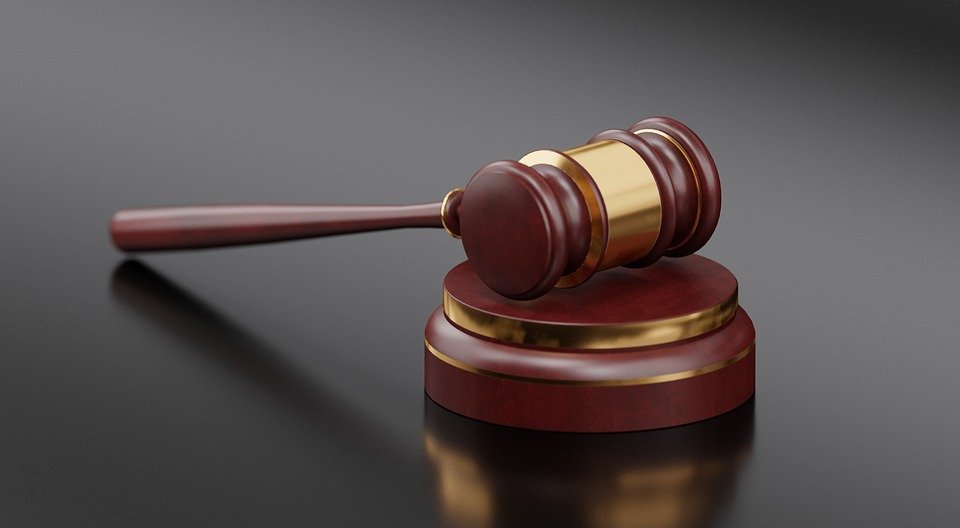An action brought in court to enforce the legal rights of parties is termed as litigation. Litigation is usually settled by agreement between two parties in case of any dispute; unless a deeper intervention is required to take it to the court and let a jury or judge decide on the hearing. There are several actions that need to be taken during the entire process of litigation to enforce a legal right. The litigation process includes or can be broadly classified as the lawsuit, pre-suit negotiations, arbitrations, facilitations, and appeals.
Legal rights or litigation can be enforced before the following:
-
Litigation may begin before the lawsuit if someone wants to enforce or protect their legal rights. A party can hire an attorney who can put forward their interests. An attorney knows exactly what needs to be done as a part of litigation activities. From writing a letter to the legislative body to filing a notice of eviction with a local court and seeking compensation for a victim injured, an attorney can handle almost anything. However, none of the cases are decided without a proper investigation. The process of investigation can be extremely reckless and unfair as they go deep into the fact to arrive at a fair conclusion. When they deal with the raw facts both the party the victim and the condemned put forward nothing but the truth.
-
Pre-suit litigation includes a negotiation between the parties involved in the case. This is designed to avoid the inconvenience that may arise from a formal lawsuit. The attorney sends a demand letter to the convicted based on the claims and available proof to settle the issues. This demand letter gives a chance to the convicted to settle the matter with suitable compensation. Failing to do so proper litigation can be issued that may hit strongly on their pocket. The plaintiff usually seeks more than the ability or willingness of the defendant to pay. The defendant in most cases responds with the intention of paying the less amount than demanded from them.
-
Alternative dispute resolution comprises of facilitation, mediation, and arbitration. The process sometimes takes place as a substitute for a formal lawsuit. Facilitation and mediation are mainly informal processes, where the facilitator or the mediator makes attempt to negotiate for out-of-court settlement between the parties. For the case to resolve or settle, both the parties either accept or reject depending on their willingness. On the other hand, arbitration is extremely formal and is based on a contractual process. Here either of the party signs an agreement that states that they would accept arbitration in case of any dispute. It is a court case that occurs in front of a panel of attorneys to arrive at a solution. Court litigation is a strict process and arbitration in certain cases may happen later during the on-going process of litigation in the court of law. The rules are bit liberal and the expenses can be less compared to formal litigation.
-
When a plaintiff files a formal complaint in an appropriate court, this is the beginning of a lawsuit. As a notice, a formal draft is sent to the defendant to appear before the court. A lawsuit has three stages of litigation, namely discovery, trial, and post-trial.
-
Discovery is a formal investigation conducted to find out the facts and present them the way it is. Both the plaintiff and the defendant are asked to produce proof or evidence. The facts are validated with information and document presented by both parties. The discovery process includes interrogation, request to produce the documents and evidence and request for admission and finally being available on the day when the case will commence in the court. During the session, an attorney can raise motion practice, which is a method that either party can use to sign a petition requesting the court for a decision on a disputed aspect of the case.
-
Discovery is followed by a trial. When all the pre-trial motions are heard and the court feels that ADR is no longer required, they move the case to trial. The trial is a tedious and expensive process as each party makes a consistent effort to produce the case to the jury member. The plaintiff first makes his point clear and provides the reason for the allegation that he has brought against the defendant. The defendant then takes the lead to defend himself from the allegation that the plaintiff had raised against him. When all complaint has been raised and put forward both the parties may rest the case in the court of law. The judge is finally left with his decision or judgment to let both the party know about the findings of the case.
-
Even if the verdict is given by the jury, the litigation still moves on. This kind of litigation is known as post-trial litigation. This is subjected to negotiation if the losing party is unsatisfied with the judgment in the court. They may appeal to the higher court for validating the verdict given by the court of law. There will still be a serious of motions, orders, and hearings that may be essential to arrive at a rightful decision. Based on the complexities of the case, the litigation may be either quickly resolved or may run for years. An attorney should be always there to guide you all throughout the litigation process.



